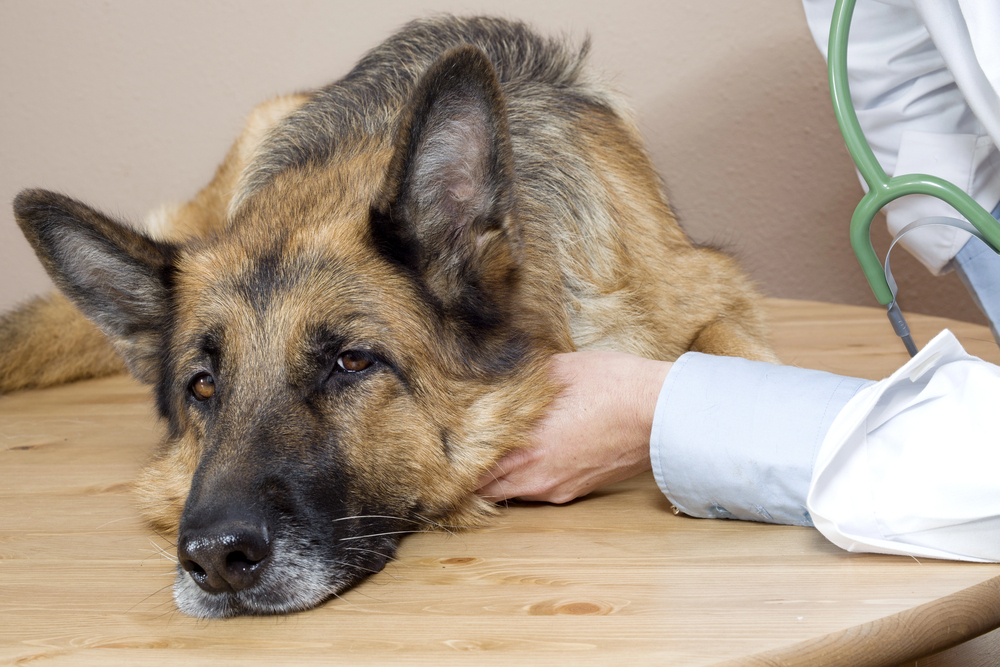
Introduction
Toxoplasmosis is a common yet often misunderstood disease that affects both animals and humans. This parasitic infection, caused by Toxoplasma gondii, is of particular concern to pet owners, especially those with cats, as felines play a crucial role in the parasite’s life cycle. In this blog post, Poco West Animal Hospital provides a detailed look at toxoplasmosis, including its transmission, symptoms, treatment, and prevention strategies.
What is Toxoplasmosis?
Toxoplasmosis is an infectious disease caused by the Toxoplasma gondii parasite. This microscopic organism infects a wide range of warm-blooded animals, including birds, livestock, and domestic pets. However, cats are the definitive hosts, meaning the parasite can complete its life cycle only within a feline’s intestines.
The parasite has three main forms:
- Tachyzoites – The rapidly multiplying form responsible for acute infections.
- Bradyzoites – The slower-growing form that resides in tissue cysts, often in muscles and the brain.
- Sporozoites – Found in oocysts shed in cat feces, these are responsible for environmental contamination and transmission.
How is Toxoplasmosis Transmitted?
The Toxoplasma gondii parasite spreads through multiple routes, including:
1. Fecal-Oral Transmission (Cats as Primary Source)
- Cats become infected by ingesting contaminated prey or raw meat.
- Infected cats shed oocysts in their feces, which can contaminate soil, water, and surfaces.
- Oocysts take 1-5 days to become infectious and can survive in the environment for months.
2. Ingestion of Contaminated Meat
- Eating raw or undercooked meat (pork, lamb, venison) containing tissue cysts can lead to infection in both pets and humans.
- Drinking unpasteurized milk can also pose a risk.
3. Mother-to-Fetus Transmission (Congenital Toxoplasmosis)
- If a pregnant woman contracts toxoplasmosis for the first time, she can pass the infection to her unborn child, leading to serious developmental issues.
4. Accidental Ingestion from Soil or Water
- Handling contaminated soil (e.g., gardening) or drinking untreated water can expose both animals and humans to the parasite.
5. Rare Transmission Routes
- Blood transfusions or organ transplants from infected donors (rare).
- Direct transmission through open wounds (uncommon).

Symptoms of Toxoplasmosis in Dogs and Cats
Most healthy animals and humans do not show noticeable symptoms. However, in immunocompromised individuals, severe illness can develop.
Symptoms in Cats
- Many infected cats show no signs.
- Some may develop mild flu-like symptoms, such as fever and lethargy.
- Severe cases can lead to respiratory distress, jaundice, neurological issues (seizures, tremors), and eye inflammation.
Symptoms in Dogs
- Dogs are not primary hosts, but they can still become infected.
- Symptoms include fever, muscle weakness, loss of coordination, and neurological problems.
- Severe cases may lead to liver disease, lung infections, or eye inflammation.
Symptoms in Humans
- Most people experience mild flu-like symptoms (fever, swollen lymph nodes, muscle pain).
- Severe cases (especially in immunocompromised individuals) can cause brain infections, vision problems, and birth defects in newborns.
Diagnosis of Toxoplasmosis
Veterinarians can diagnose toxoplasmosis using:
- Blood tests – Detect antibodies against Toxoplasma gondii.
- Fecal tests – Identify oocysts in cat feces (though shedding is brief and may be missed).
- PCR tests – Detect parasite DNA in blood or tissue samples.
- Imaging (MRI, CT scans) – Used in severe neurological cases.
Treatment for Toxoplasmosis
For Cats and Dogs:
- Mild cases often resolve without treatment.
- Severe cases require antibiotics such as clindamycin.
- Supportive care (fluids, anti-inflammatory medications) may be needed.
- In immunocompromised pets, long-term management is required.
For Humans:
- Healthy individuals usually recover without treatment.
- Pregnant women and immunocompromised patients may require medications such as pyrimethamine and sulfadiazine.
- Babies born with congenital toxoplasmosis may need prolonged treatment.
Prevention of Toxoplasmosis
For Pet Owners:
- Clean litter boxes daily before oocysts become infectious.
- Wear gloves when handling soil or cat litter and wash hands afterward.
- Keep cats indoors to prevent hunting and scavenging.
- Do not feed raw or undercooked meat to pets.
For Humans:
- Cook meat to a safe temperature (63°C/145°F for whole meat, 71°C/160°F for ground meat).
- Wash fruits and vegetables before eating.
- Avoid unpasteurized milk and untreated water.
- Pregnant women should avoid handling cat litter.
- Cover sandboxes to prevent cats from using them as litter boxes.
Occupations at Higher Risk
Certain professionals face a greater risk of exposure to toxoplasmosis, including:
- Veterinarians and animal care workers – Handling infected animals and feces.
- Butchers and meat processors – Exposure to contaminated raw meat.
- Gardeners and landscapers – Contact with contaminated soil.
- Laboratory workers – Handling Toxoplasma gondii specimens.
- Health care workers – Assisting immunocompromised patients.
Toxoplasmosis and Pregnancy: What You Need to Know
- Pregnant women should take extra precautions to avoid infection.
- Infection can cause miscarriage, stillbirth, or severe developmental issues in the baby.
- Testing is recommended if exposure is suspected.
Final Thoughts
Toxoplasmosis is a widespread but manageable disease. With proper hygiene, safe food practices, and responsible pet care, the risk of infection can be significantly reduced. If you have concerns about toxoplasmosis in your pets or yourself, consult a veterinarian or healthcare provider.
At Poco West Animal Hospital, we prioritize pet health and safety. If you suspect your pet has toxoplasmosis or need guidance on prevention, contact us for expert advice and veterinary care.
